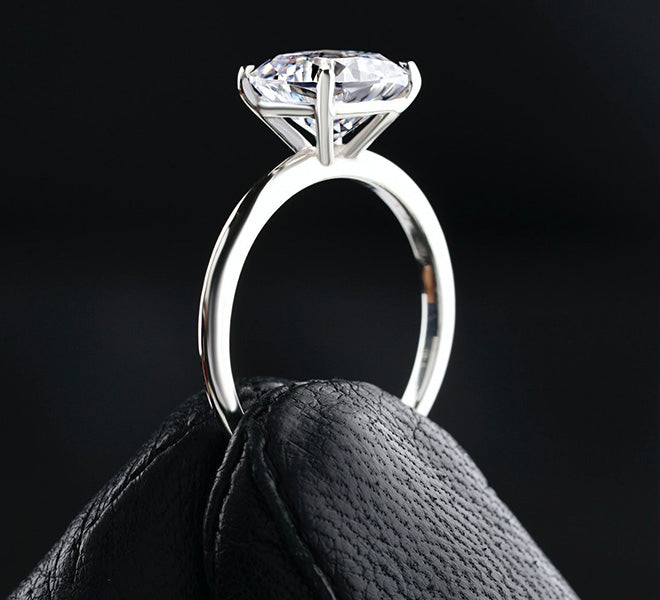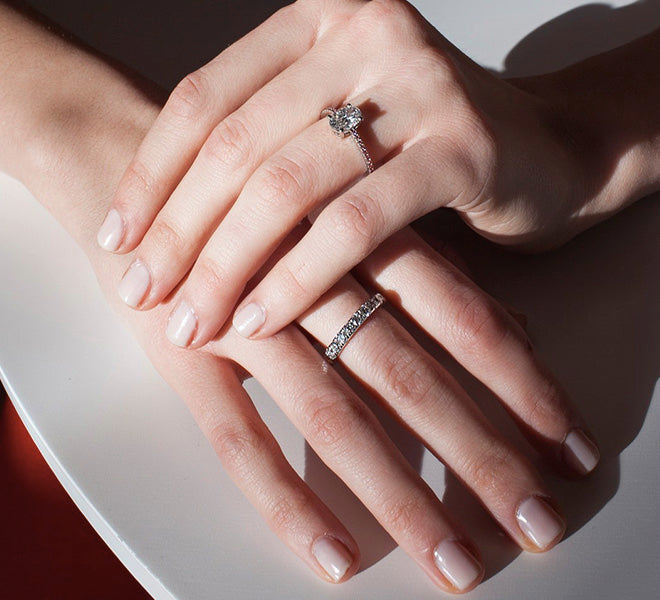Price :
QTY :
CART TOTALS :
There are items
in your cart
CART TOTALS :
Your shopping bag is empty
Go to the shopBijouterie B.Serkos


Understanding your Diamond
When you think of the cut of a diamond, you probably think of its shape. You are partially right. Although the size refers to the shape, it also refers to the proportions of the size of the diamond. Diamonds are cut from their rough into different shapes, depending on the consumer's guidelines. The most popular shapes include the round, oval, square, princess, emerald, baguette, and marquise shape. Several specialty forms are also available. The proportions of the whole diamond, as well as its size and the arrangement of its many surfaces or facets also play a large role in its "cut". The consistency and balance of these elements also have a great influence on the scintillation of the stone.
With the exception of a few fancy colored diamonds, the most valuable diamonds have the least color. The color scale for transparent diamonds ranges from D to F (colorless), G to J (almost colorless), K to L (barely visible yellow), to Z (pale yellow). Completely colorless diamonds are rare. When diamonds have traces of other minerals, rare and beautiful colors can arise. These "fancy colors" range from blue to bright yellow to red, brown, pale green, pink and purple. Their rarity makes natural colored diamonds highly sought after and can be of great value.
The clarity of a diamond is measured by the presence or absence of visible flaws. Slight surface imperfections or internal inclusions, even those that can only be discerned under the jeweler's magnifying glass, can alter the brilliance of the diamond and, indeed, its value. Clarity levels range from diamond perfection (F, IF), gradually descending to tiny inclusions (VVS1 and 2), to very small inclusions (VS1 and 2), to small inclusions (SI1 and 2) and many inclusions or imperfections (I1, I2 and I3).